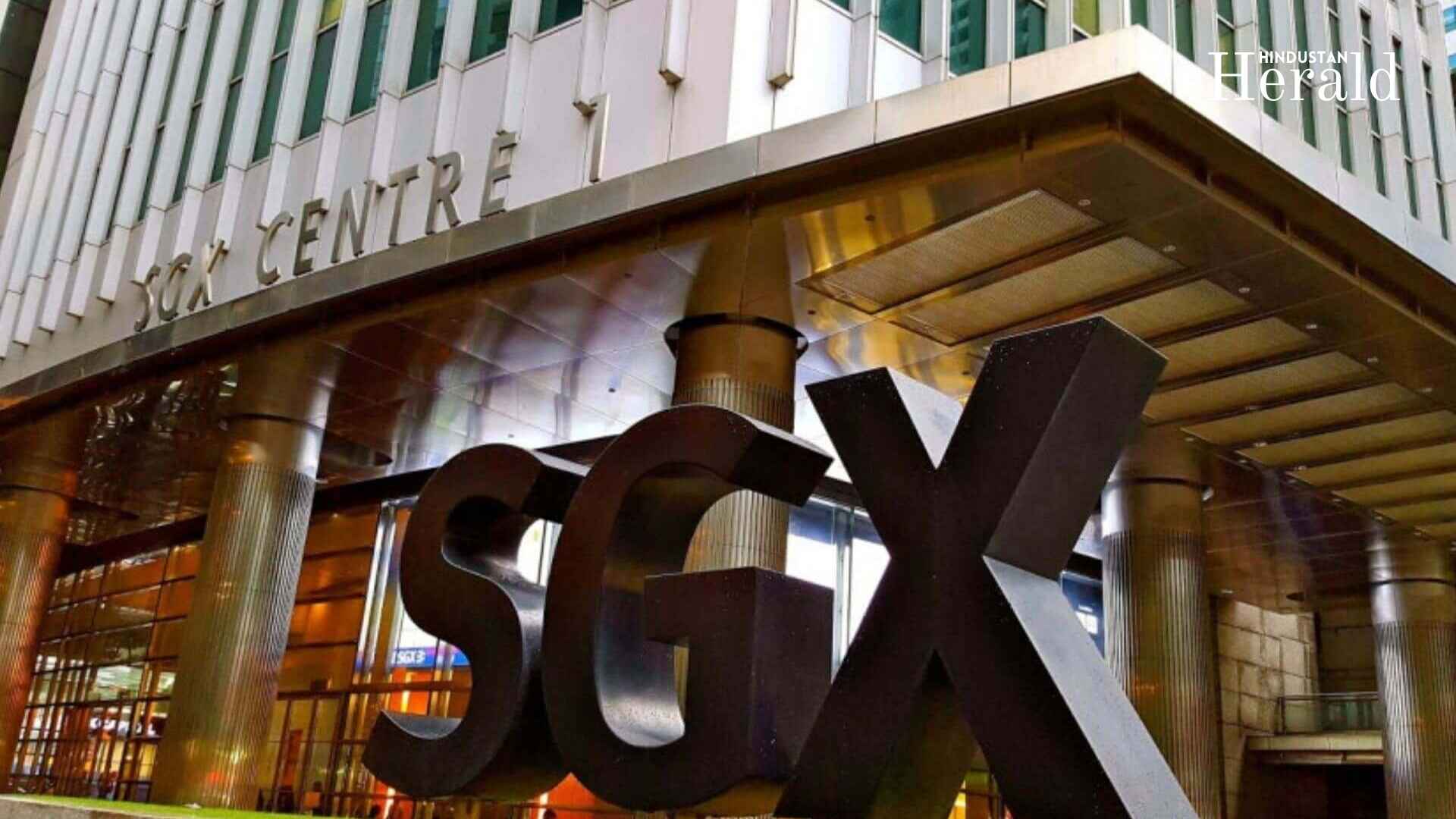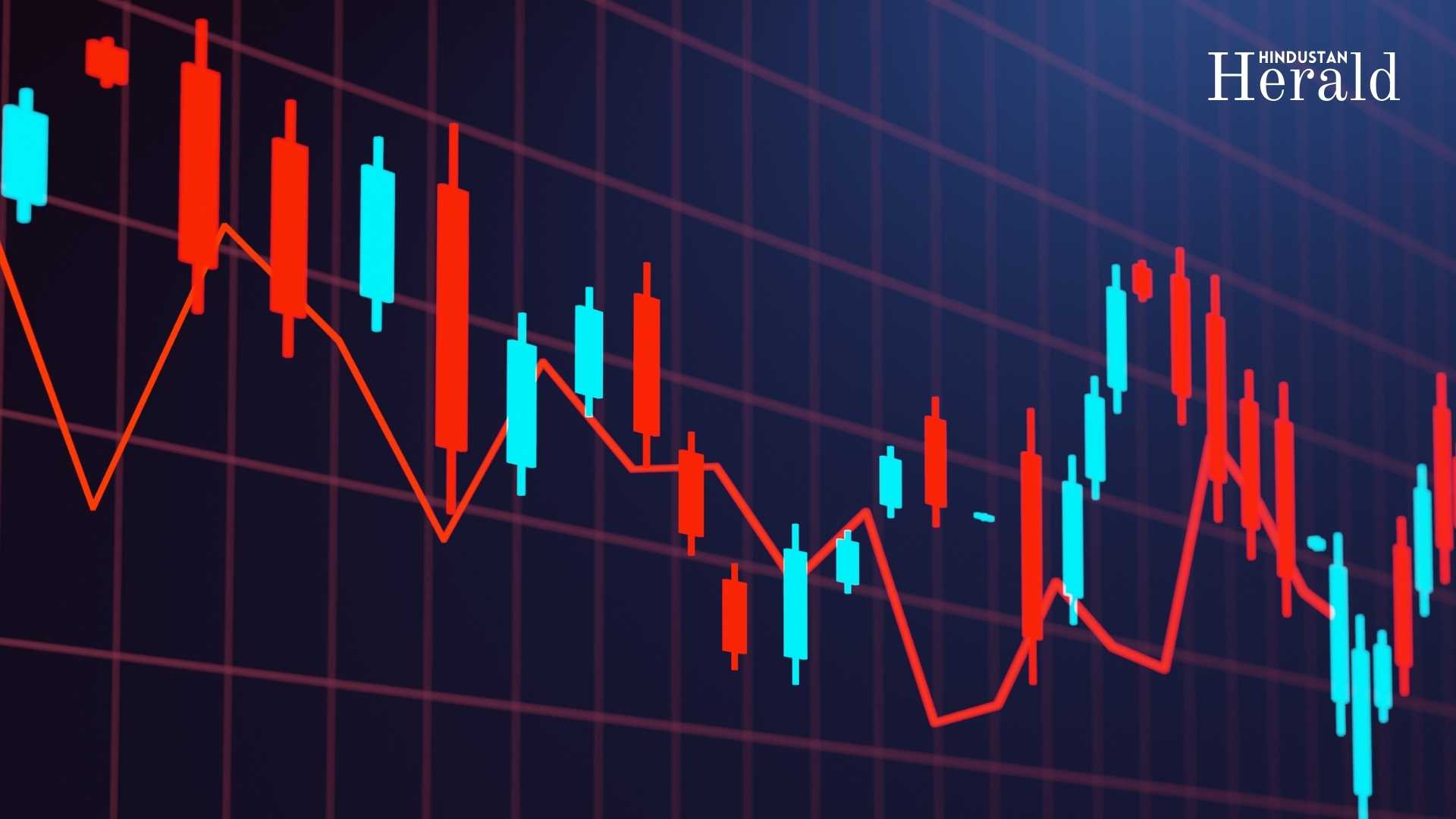Singapore Exchange Ltd Faces Major Drop: What’s Behind the 6.53% Decline?

On April 7, 2025, Singapore Exchange Ltd (SGX) experienced a significant setback, with its stock price plunging by 6.53%, closing at 12.17 SGD. This marks a noticeable change from its previous closing of 13.02 SGD, drawing attention from investors and analysts alike. With a market cap of 1.31 Trillion SGD and a P/E ratio of 20.36, the drop raises critical questions about the immediate future of SGX and the broader market it represents.
A Day of Losses: Market Movement Breakdown
The day started with SGX’s opening at 12.50 SGD, and despite a brief surge reaching 12.50 SGD, the stock’s performance quickly took a downward spiral, closing at 12.17 SGD, a 6.53% drop from the previous day’s closing value. The fall occurred within the first few hours of trading, showing a rapid shift in investor sentiment. The low for the day was 11.87 SGD, reflecting the severity of the downturn.
While the price did show some recovery in the latter part of the day, it still failed to regain momentum, closing at a much lower value than expected for the day. Despite the drop, SGX remains above its 52-week low of 8.87 SGD, showing its resilience within a broader context.
Factors Contributing to the Decline
Several factors could explain the drop in SGX’s stock price:
- Global Economic Conditions: The market volatility is likely a reflection of global economic instability, which has impacted many stock exchanges worldwide. As investors reacted to changing conditions in the global economy, SGX, like many other financial institutions, faced a decrease in stock value.
- Sector-Specific Pressures: SGX, as a financial market exchange, can be vulnerable to broader economic conditions that influence market liquidity and investor sentiment. With increasing inflation and economic uncertainty, investors may be cautious, leading to sell-offs in major exchanges.
- Investor Sentiment and Market Psychology: The stock market is not always driven by logical reasoning but also by emotional factors such as fear, uncertainty, and doubt. SGX’s decline may reflect investor sentiment rather than any significant underlying changes within the exchange itself.
Key Metrics to Understand SGX’s Performance
Here are some key statistics to consider when evaluating SGX’s current standing:
- P/E Ratio: The current P/E ratio for SGX stands at 20.36, which is relatively moderate compared to other global exchanges. A higher P/E ratio suggests that the stock may be overvalued or that investors expect high future growth, though the recent drop suggests a reassessment of that outlook.
- Dividend Yield: SGX offers a dividend yield of 2.92%, indicating a relatively strong return on investment for income-seeking investors. Despite the short-term downturn, SGX’s dividend yield remains a key attraction for long-term investors looking for steady returns.
- 52-Week Range: SGX’s 52-week high is 14.04 SGD, and the 52-week low is 8.87 SGD. The recent drop puts SGX closer to the lower end of this range, suggesting that the stock may be undervalued or that broader market conditions are impacting its value.
The Broader Market Context:
SGX is not alone in this struggle. Global stock markets have seen volatility, especially in emerging markets, and this is reflected in the performance of many financial exchanges. As one of Asia’s leading financial exchanges, SGX’s performance often mirrors trends in the broader regional and global markets, particularly in sectors like finance, technology, and commodities.
While the 6.53% drop is concerning, it’s essential to evaluate SGX’s broader performance. With a dividend yield of 2.92% and a P/E ratio of 20.36, SGX remains attractive to certain investors who focus on long-term growth and consistent returns rather than short-term price movements.
What’s Next for SGX Investors?
For investors looking at SGX, this recent decline might offer a buying opportunity if the exchange can stabilize. The stock market is inherently volatile, and sudden drops are not always indicative of long-term trends. The company’s resilience, backed by a market cap of 1.31 Trillion SGD, offers hope for a recovery in the future.
Investors should continue to monitor both local and global economic indicators, as well as SGX’s ability to adapt to changing market conditions. If the exchange can weather the storm, it may prove to be a strong long-term investment.
The 6.53% drop in SGX’s stock price is certainly alarming, but it is essential to view it within the context of broader market trends and the exchange’s overall performance. Despite the decline, SGX has demonstrated its resilience over the years and remains a key player in the regional financial landscape.
For investors, this may be a time to assess whether SGX’s current market conditions present an opportunity for investment or if further risks need to be considered before making a move.
The Hindustan Herald Is Your Source For The Latest In Business, Entertainment, Lifestyle, Breaking News, And Other News. Please Follow Us On Facebook, Instagram, Twitter, And LinkedIn To Receive Instantaneous Updates. Also Don’t Forget To Subscribe Our Telegram Channel @hindustanherald








